So far, this test flight has been a great success.
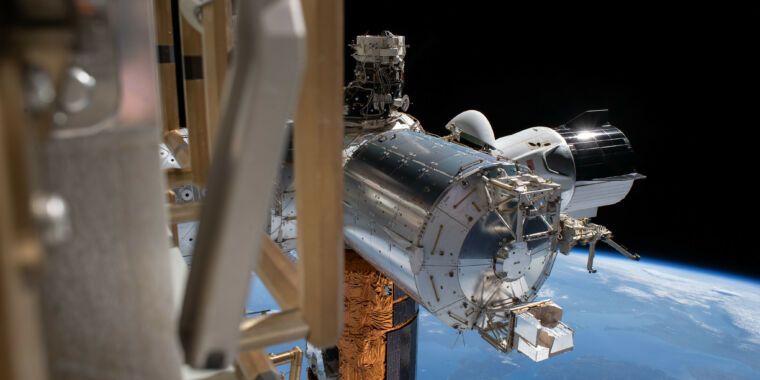


After Elon Musk mentioned that Tesla was working on a couple more vehicles, a compact car and “high capacity” vehicle, my mind started to race about how this van-like vehicle could use all of the technologies that Elon has mentioned in various interviews. First, let’s cover the basics that I’m 99% sure the vehicle will have. I got some of these ideas from one of my Cybertruck articles. After that, I’ll take things in a little different direction than our previous “Tesla Cybervan” article.
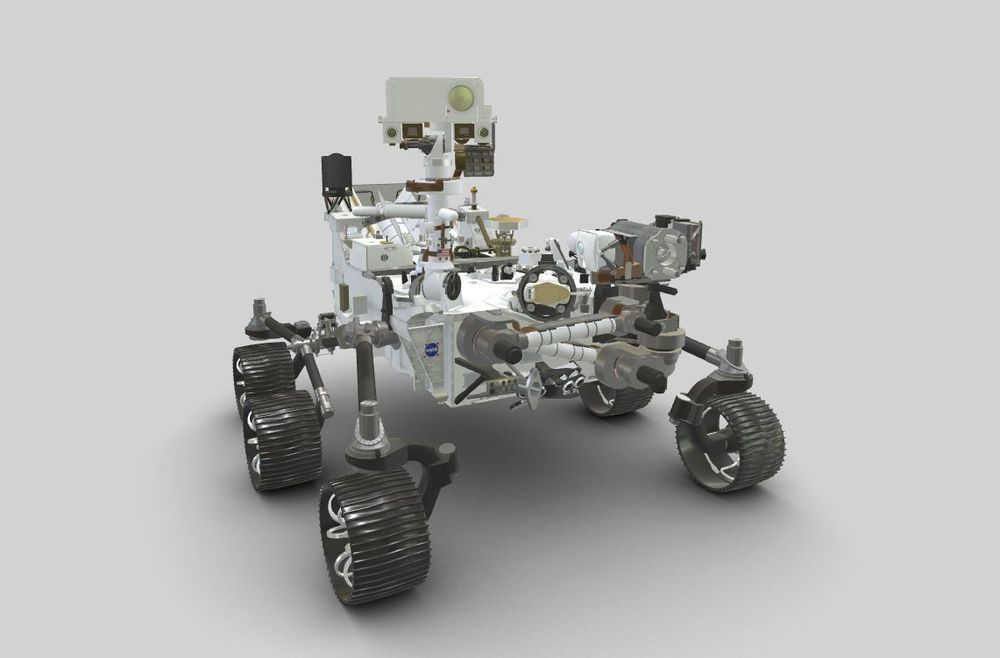

 days, take a look at some of the tools I’m taking to help me search for signs of ancient life
days, take a look at some of the tools I’m taking to help me search for signs of ancient life#CountdownToMars http://go.nasa.gov/2Jv99xG
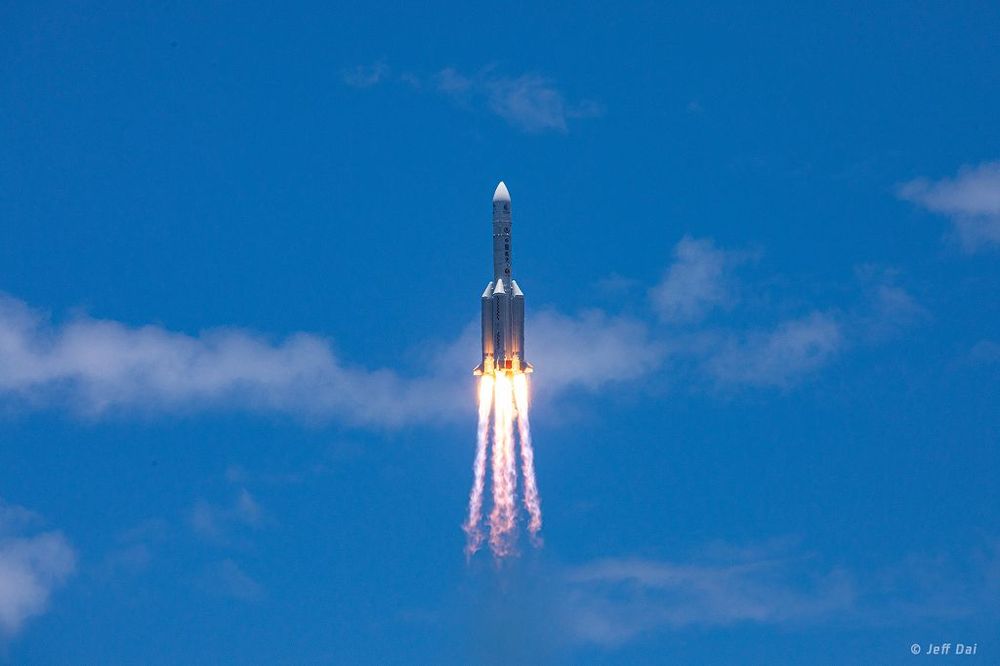
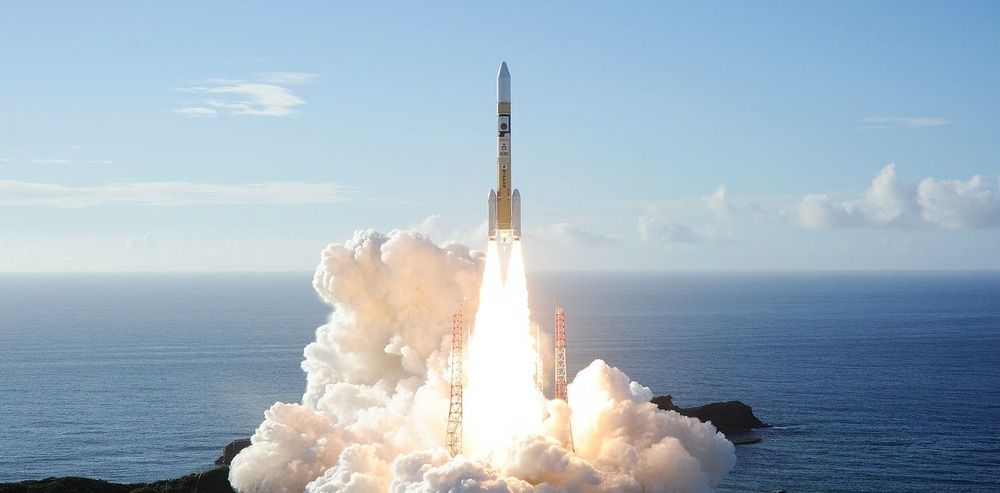
The nation has also generated significant additional value in logistics by creating new manufacturing capacities and know-how. There are already multiple businesses outside the realm of the space industry that have benefited from knowledge transfer. These are all typical impacts of a space mission.
But while that is where most studies of the value of space missions stop looking for impact, for the UAE this would miss a huge part of the picture. Ultimately, its Mars mission has generated transformative value in building capacity for a fundamentally different future national economy – one with a much stronger role for science and innovation.
Through a broad portfolio of programmes and initiatives, in just a few years the Hope mission has boosted the number of students enrolling in science degrees and helped create new graduate science degree pathways. It has also opened up new sources of funding for research and made science an attractive career.
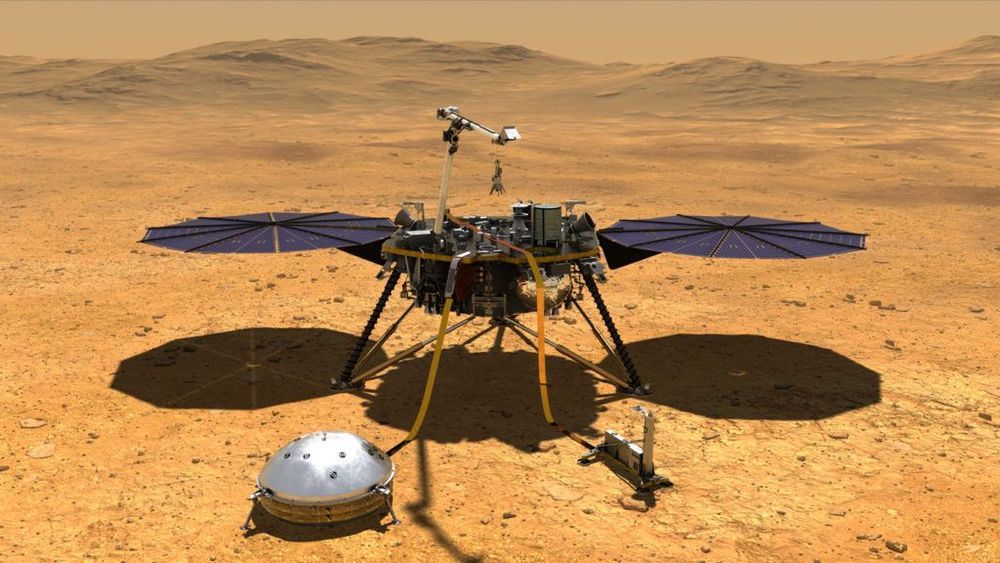
Antimatter drive propulsion to Mars in 300 days.
Mars is the most habitable planet in the Solar System after Earth. But how long does it take to get to Mars? Depending on the technology, the red planet’s position, and some other things, somewhere between 150 to 300 days.
Once every two years or so, Mars and Earth reach their closest points, with the red planet being as close as 55 million kilometers / 34 million miles.
Many space agencies have taken advantage of this orbital alignment and sent many spacecraft to Mars. The journey usually takes between 150 to 300 days, depending on the speed of the launch, the alignment, and the length of the trip.

“Small nuclear reactors can provide the power capability necessary for space exploration missions of interest to the Federal government,” the Energy Department wrote in the notice published Friday.
The Energy Department, NASA and Battelle Energy Alliance, the U.S. contractor that manages the Idaho National Laboratory, plan to hold a government-industry webcast technical meeting in August concerning expectations for the program.
The plan has two phases. The first is developing a reactor design. The second is building a test reactor, a second reactor be sent to the moon, and developing a flight system and lander that can transport the reactor to the moon. The goal is to have a reactor, flight system and lander ready to go by the end of 2026.

Storage is just as important aboard the International Space Station as it is on Earth. While the space station is about the size of a football field, the living space inside is much smaller than that. Just as you wouldn’t store garden tools in a house when you could store them in a shed outside, astronauts now have a “housing unit” in which they can store tools for use on the exterior of the space station.
On Dec. 5, 2019, a protective storage unit for robotic tools called Robotic Tool Stowage (RiTS) was among the items launched to station as part of SpaceX’s 19th commercial resupply services mission for NASA. As part of a spacewalk on July 21, NASA astronauts Robert Behnken and Chris Cassidy installed the “robot hotel” where the tools are stored to the station’s Mobile Base System (MBS), where it will remain a permanent fixture. The MBS is a moveable platform that provides power to the external robots. This special location allows RiTS to traverse around the station alongside a robot that will use the tools it stores.
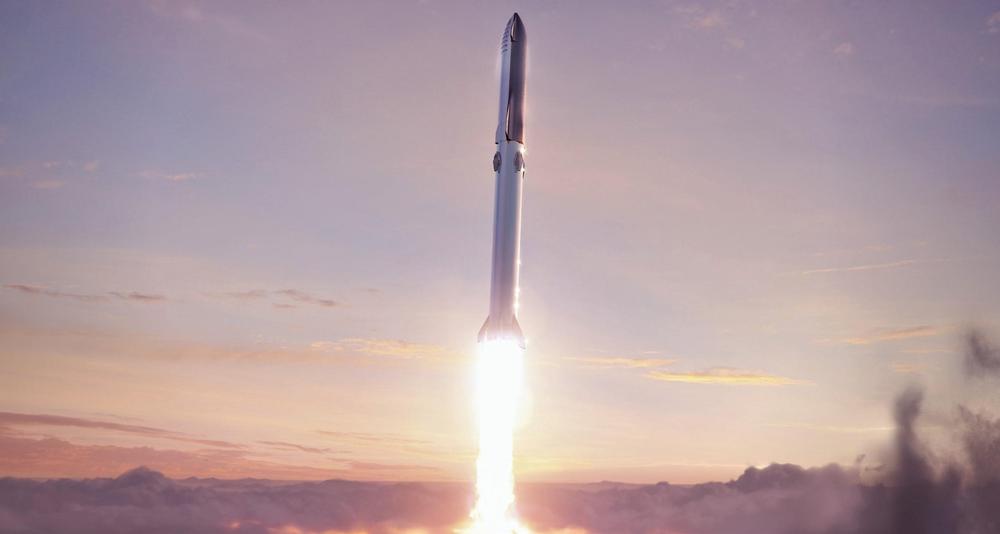
Elon Musk has said that SpaceX’s latest Starship prototype may fly for the first time this week, as the company continues its efforts to get the ambitious spacecraft up and running ahead of planned flights to the Moon and Mars.
Starship is SpaceX’s proposed spacecraft to transport up to 100 humans at a time – or maybe more – to the Red Planet. The company has been rapidly building prototypes of the giant steel rocket at a test site in Boca Chica, Texas, with the goal of eventually finding a design that works.
Multiple iterations have come and gone so far, with several explosions along the way. But in a tweet yesterday, Tuesday, 21 July, Musk said the latest version – SN5, or serial number 5 – will ‘attempt to fly later this week’. That will be preceded by a static fire test at some point.